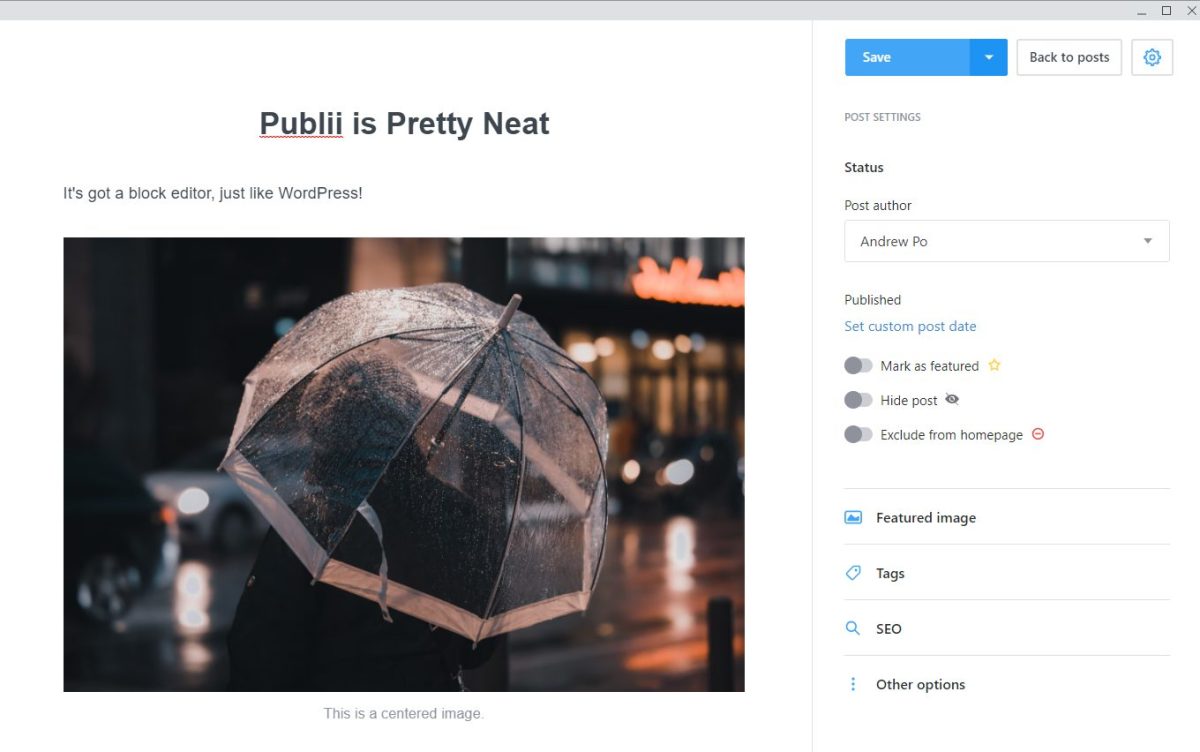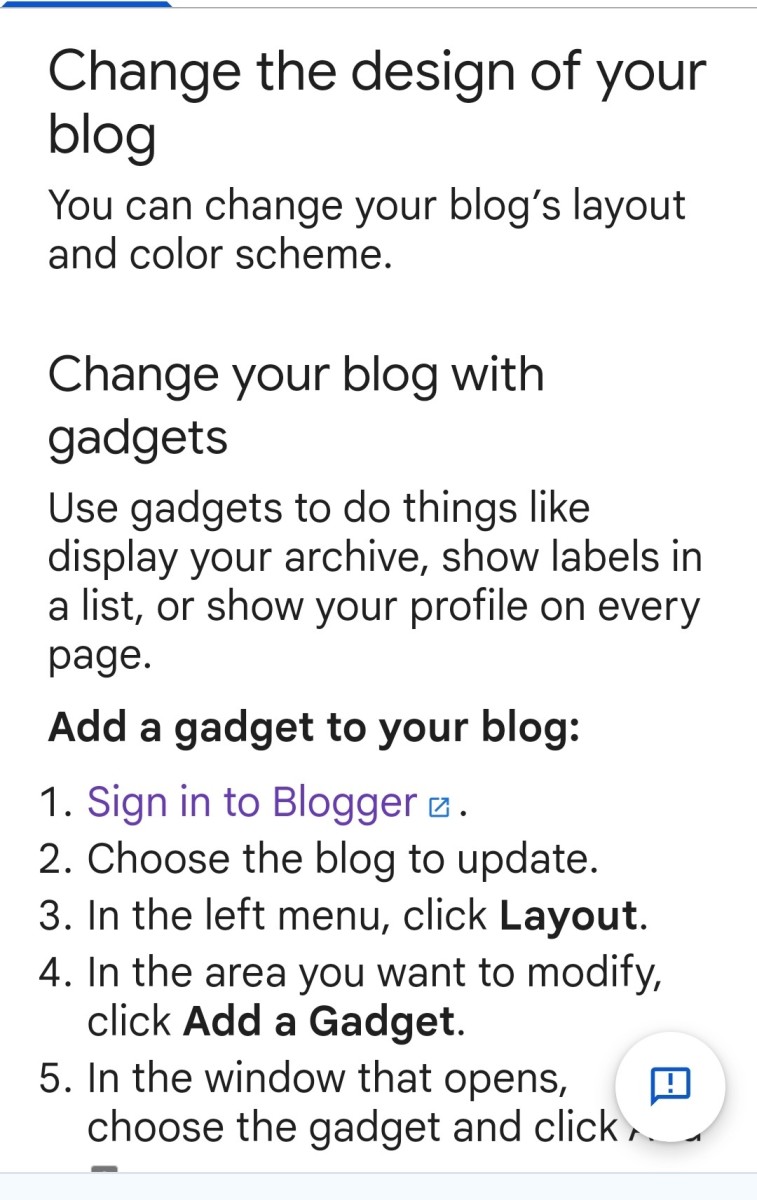Static and Dynamic Website

Introduction
In this article I will explain you the differences between static and dynamic website. To make the readers understand them more easily I will demonstrate their differences with an example. Static and dynamic websites are of two main categories in which every type of website can be contained.
A static one does not change with any sort of interaction with the client. It’s characteristics include same appearance and effects every time, no form submission method, no use of programming like c#, java etc, except for HTML, no user authentication, no automated mailing facilities like sending email with password of the user’s account when the user forget it, no searching facility, no backhand system or database for storing information, no credit card processing, etc. These are a few things not found in them.
A dynamic one on the other hand contains all the above features and characteristics no found in static ones. They are very large in data size and need much more storage capacity then their counterpart. All Static ones are easier to build because of there is less content with no programming language used. They are made in just HTML (Hyper Text Markup Language) language.
Where as dynamic ones take a lot of programming skills to make. They contain form submission pages, secured personal areas, login form, etc. You can use html with some other programming language or web technology to build a dynamic one.
Most of the personal websites which do not have any submission form are static ones where as all ecommerce, banking, social community, search engines, online gaming, payment, shopping, bidding etc come in dynamic category. Most common examples of them are Google, Facebook, CityBank, Ebay, Amazon, Paypal, Wikipedia, Orkut etc.
Example
To better understand the differences between static and dynamic categories, let us take an example of a simple personal website of an electrician. Suppose there are only two web pages in it. These two pages and their description are given below.
1) Index: - index page is the main page that introduces the electrician and his work. There is an electrician photo at the top.
2) Contact-us: - this page has the electrician address and his telephone no.
So this is the website. Now a user can visit this either through some search engine or by directly entering its URL in the web browser, get the electrician contact no and phone him to get his service. After seeing this website it is easier to say that it is a static one since it remains the same for every client interaction. There is also no form submission page in it.
Now to make the above static one to a dynamic one, we have to apply some form of programming language to it. The best example will be to add a new web page which contains a contact form. Through this form a user can enter his name, address and work and save it for the electrician. The electrician can see this information of the user and can go to his address for the work. All we have to do is to add a new webpage called submit where users can enter their information for the electrician.
Now we have converted this to a dynamic one by adding a submit form to it.In this way we can convert any static one to a dynamic one. There are absolutely infinite ways to do it by just adding programming concept to your website.
In The End
The above example makes it very clear the difference between static and dynamic website. They have totally changed the digital world. With the birth of the internet the websites rose exponentially. Today you just need a domain name and Website Hosting to make your website live.
There are millions of websites today with billions of web pages. Internet is converted from a very small network to a new digital world allowing every one to do his or her task with a click of the mouse. The 20th century was of static ones but today’s 21st century is of dynamic ones.








